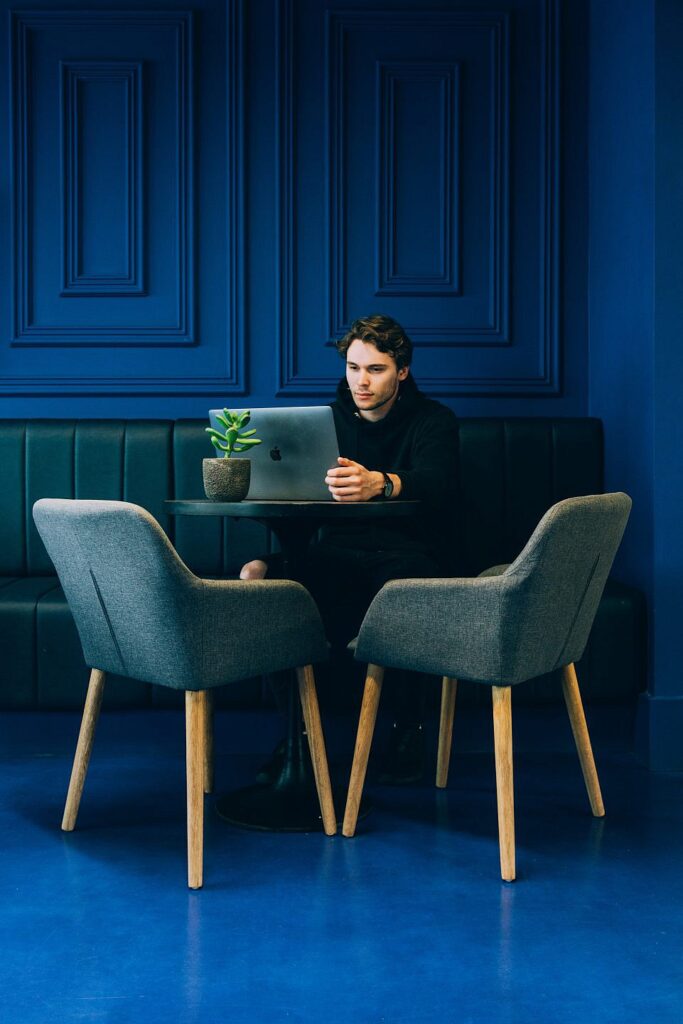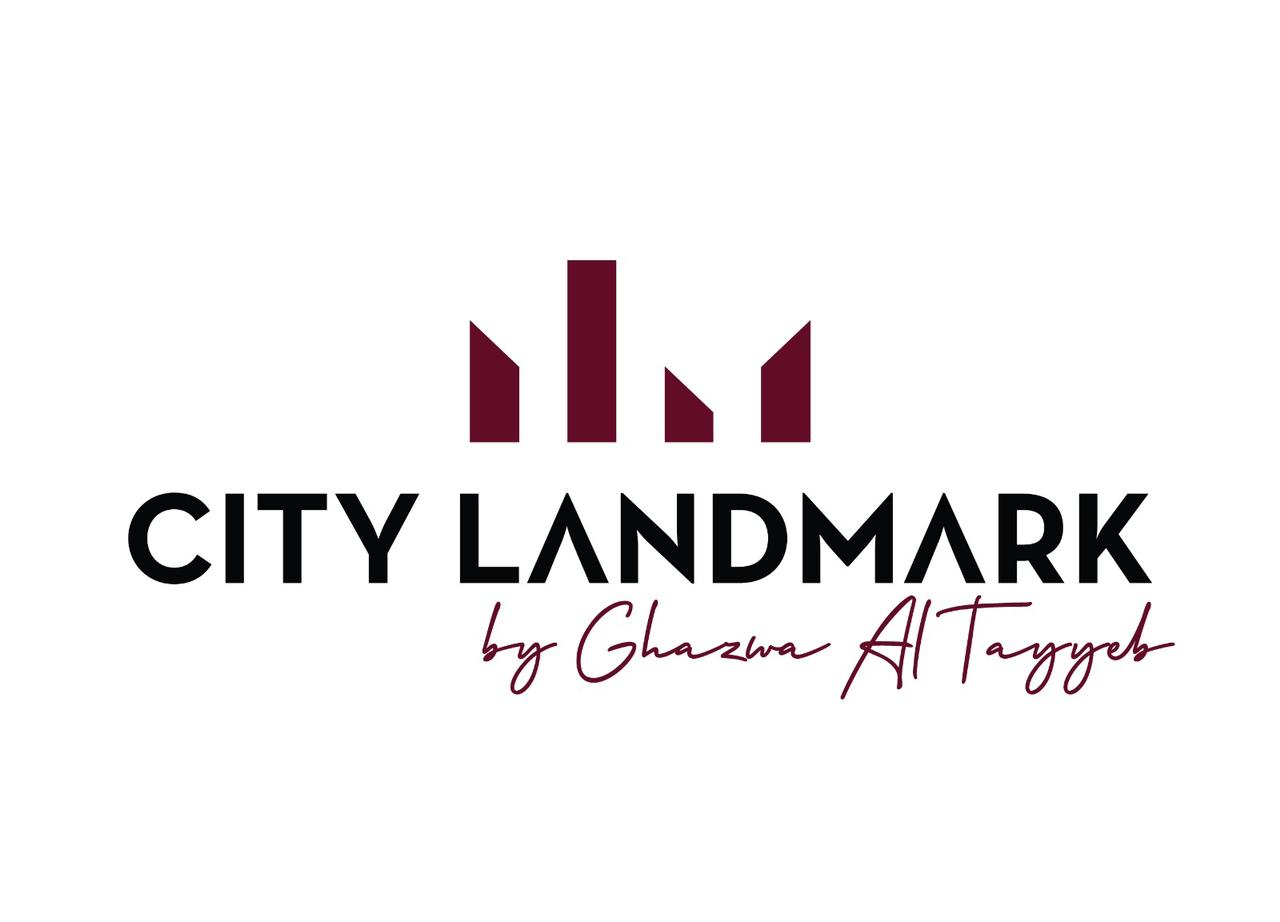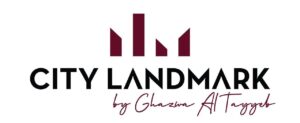Interior Design Features
Efficiently organizing the layout of furniture and fixtures to optimize space usage and flow.
Understanding how colors interact, influence moods, and create visual harmony.
Utilizing natural and artificial light to enhance the ambiance and functionality of a space.
Selecting and combining different textures and materials to add depth and interest to a design.
Choosing appropriate furniture pieces and accessories that complement the design style and meet functional needs.
Ensuring that elements within a space are in proper scale and proportion to each other and the room size.
Designing spaces that are comfortable and practical for everyday use.
Establishing a cohesive design style or theme that reflects the client’s personality and preferences.
Creating visual stability by distributing elements evenly or symmetrically within a space.
Identifying and highlighting key features or areas in a room to draw attention and create visual interest.
Using patterns and prints to add character and dynamism to a space.
Incorporating smart storage options to keep spaces organized and clutter-free.
Integrating eco-friendly materials and practices to create environmentally responsible designs.
Managing sound within a space to ensure acoustic comfort and privacy.
Tailoring designs to reflect the client’s unique tastes, lifestyle, and needs.
Adding finishing touches such as decorative accessories and artwork to complete the design.
Ensuring smooth transitions and a natural flow between different areas and rooms.
Balancing design aspirations with budget constraints to deliver value without compromising quality.
Incorporating modern technology seamlessly into the design for enhanced convenience and functionality.
Adhering to safety standards and regulations to ensure a safe living environment.





